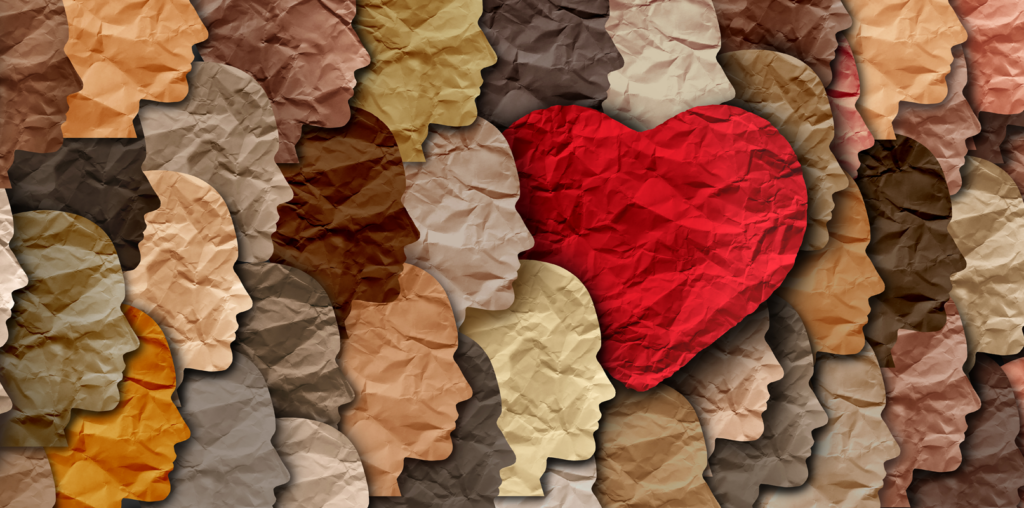Inclusivity, Diversity, Equity and Accessibility (IDEA)
For all our talk of diversity and inclusion, we often fail to recognize that just because our organization is diverse, it doesn’t mean employees feel included.
Diversity is a fact (the numbers are what they are), inclusion is a choice (you decide whether to include someone or not), and belonging is a feeling that can be nurtured by a culture that you can purposefully create.
Creating an inclusive culture of belonging remains a challenge to many organizations.
Challenges
What happens if workplaces aren’t inclusive, equitable or accessible? How can that make employees feel? For one, it can exacerbate the emotional tax on employees from equity-seeking communities. Emotional tax is the combination of being on guard to protect against bias because of race, ethnicity and/or gender and experiencing the associated effects on well-being and ability to thrive at work.
On the flip side, inclusive and constructive workplaces can advance psychological safety, because employees feel they can make mistakes and take risks without being penalized in such workplaces.
Read this article: Building Inclusion for Indigenous Peoples in Canadian Workplaces by Jennifer Thorpe-Moscon, Phd, and Joy Ohm to better understand the experiences of Indigenous Peoples in the workplace.
Reflection
How can you recognize a lack of inclusion or belonging in your workplace?
Call to Action
What does your organization do well? How can you address the gaps that exist? Commit to taking action or changing habits to create psychologically safe workplaces for all employees.

Inclusion Efforts
A diverse workplace has many benefits but does not always create a sense of belonging.
Read the article Are your D&I efforts helping employees feel like they belong? by Michael Slepian, Sanford C. Bernstein & Co. Associate Professor of Leadership and Ethics at Columbia Business School and watch the videos within to learn more about “identity threat.”
Reflections
What does authentic inclusion look like? When can efforts at inclusion backfire?
Call to Action
What actions can you take to ensure employees from equity-seeking communities have meaningful opportunities to participate in workplace inclusivity initiatives? How can HR professionals support identity-safe environments?
DEFINITIONS
- A stereotype is an exaggerated belief, image or distorted truth about a person or group—a generalization that allows for little or no individual differences or social variation. Stereotypes are based on images in mass media, or reputations passed on by parents, peers and other members of society. Stereotypes can be positive or negative.
- A prejudice is an opinion, prejudgment or attitude about a group or its individual members. A prejudice can be positive, but in our usage refers to a negative attitude.Prejudices are often accompanied by ignorance, fear or hatred. Prejudices are formed by a complex psychological process that begins with attachment to a close circle of acquaintances or an “in-group” such as a family. Prejudice is often aimed at “out-groups.”
- Discrimination is behavior that treats people unequally because of their group memberships. Discriminatory behavior, ranging from slights to hate crimes, often begins with negative stereotypes and prejudices.
Source: Learning for Justice, Test Yourself for Hidden Bias.
- Biases are mindsets, beliefs, and prejudices that are inherently held about specific groups of people, often with no justification. While biases can be both negative and positive, people from marginalized groups have historically been subject to negative biases with serious impacts. Two common types of biases are unconscious (or implicit) biases and conscious (or explicit) biases. These biases often manifest as microaggressions and “isms.” Unconscious biases are thoughts and beliefs resulting from socially constructed stereotypes about certain marginalized groups. These biases operate unconsciously, and individuals may not even be aware that they hold these biases. Conscious biases, on the other hand, are directly expressed beliefs and attributes or other negative behaviors that demean and mistreat individuals. Biases can manifest as microaggressions, which are assumptions and behaviors that are often based on stereotypes about a marginalized group. Source: From the Learning Management System at McLean & Company.
For additional terms and definitions, refer to the glossary of terms from the Canadian Centre for Diversity and Inclusion here.
This is module 2 of 6 and is part of the Self-Guided Journey for the National Day for Truth and Reconciliation. Continue to module 3 by clicking “Go to Next Module” or begin your journey on the homepage by clicking “Back to Main Page.”